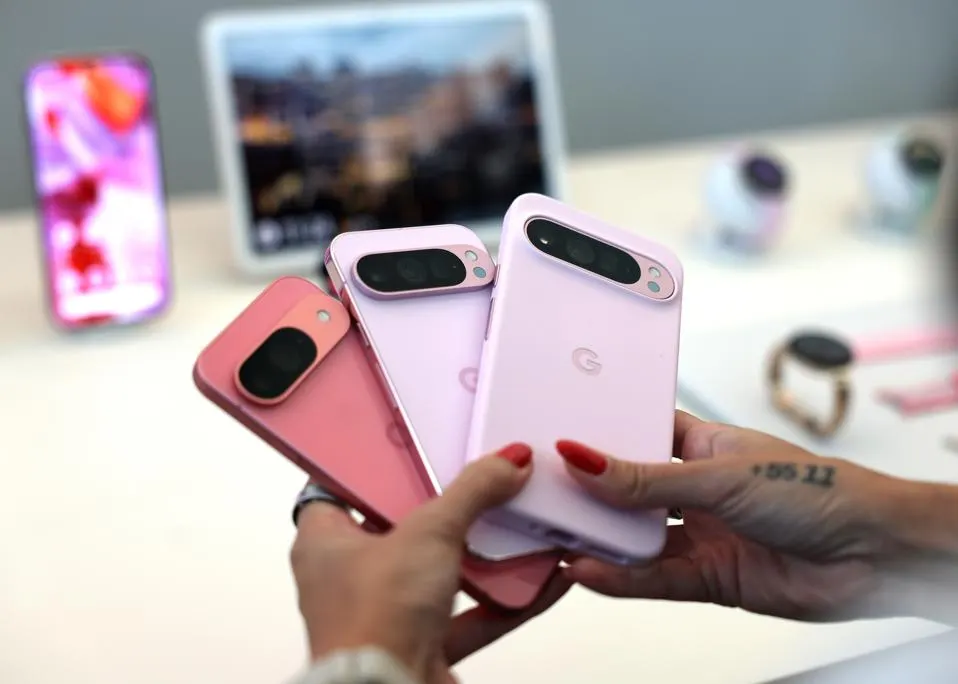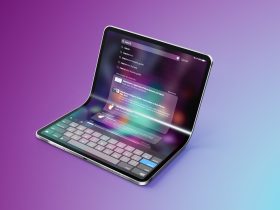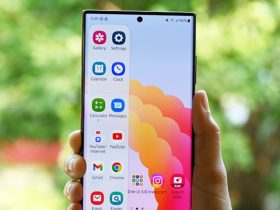From the Pixel 5 through the Pixel 8 series, users could utilize a feature called Battery Share, commonly known as reverse wireless charging. This feature allowed you to help out a friend whose phone was running low on battery.
By flipping your Pixel face down on a table, your friend could place their wireless charging-compatible phone back-to-back with your Pixel, and your device would act as a wireless charging pad, powering up your friend’s phone.
It’s important to note that when using Battery Share, your Pixel’s battery is the one providing the charge, which means your battery level will decrease as you help your friend.
However, if you plug in your Pixel while using Battery Share, your phone will continue to charge its own battery while simultaneously charging your friend’s device.
Essentially, this setup functions similarly to plugging in and using a regular wireless charging pad or stand.

But with the Pixel 9 series, Google has made a significant change to this feature. If you attempt to charge your Pixel 9 series phone while Battery Share is active, the feature will automatically turn off, displaying a message that reads, “Battery Share is unavailable during charging.”
This message appears even if your Pixel 9’s battery is fully charged. Previously, you could assist your friend without depleting your own battery, but now, with the Pixel 9 series, your battery takes the hit if you decide to help out.
Google hasn’t provided a specific reason for this change, but it’s likely intended to extend the life of the Pixel 9 series batteries.
Charging the battery while simultaneously using it to wirelessly charge another device could reduce the longevity of the battery. It’s also worth noting that the foldable Pixel phones do not support the Battery Share feature at all.
For a bit of trivia, do you know which phone first introduced reverse wireless charging? It was the Huawei Mate 20 Pro, launched in 2018.






Leave a Reply